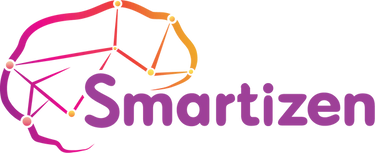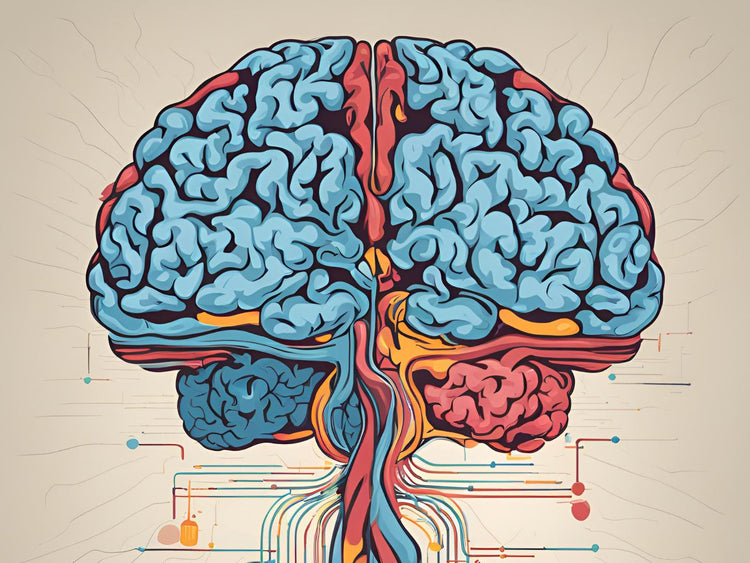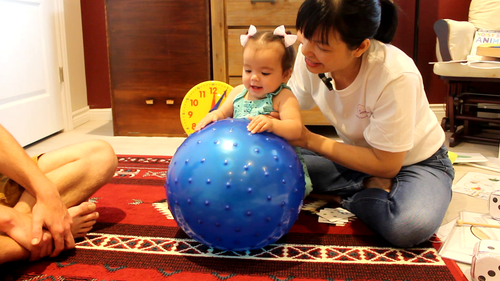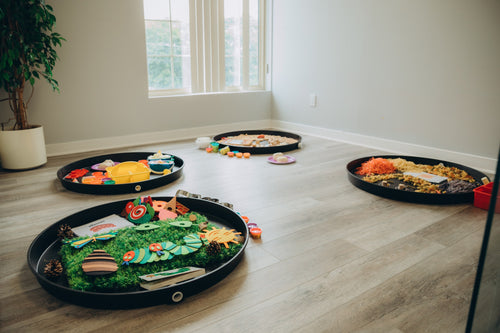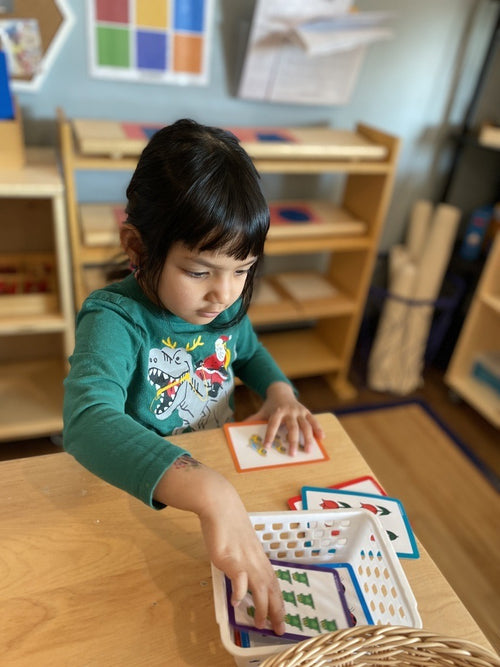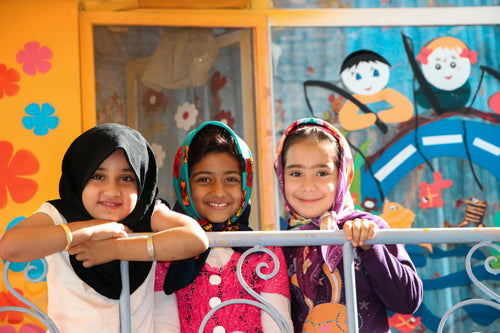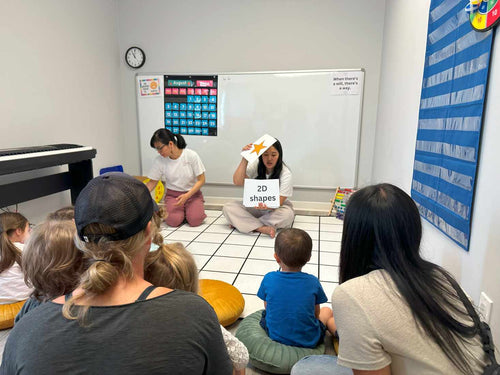In early childhood development, understanding how the brain functions can help parents and educators support their children’s cognitive growth. The concept of “left brain vs right brain” has been popularized to explain how different sides of the brain contribute to distinct skills and behaviors. In this article, we will explore the science behind left and right brain development, how these hemispheres influence learning in early childhood, and ways to support balanced growth.
Understanding the Left Brain vs Right Brain Theory
The theory of left brain vs right brain development suggests that each hemisphere of the brain is responsible for different types of cognitive functions. While the left brain is often associated with logical, analytical, and language-based tasks, the right brain is linked to creativity, intuition, and emotional awareness.
The Left Brain
- Logical Reasoning: The left hemisphere is responsible for tasks that involve logic and critical thinking, such as problem-solving, mathematical computations, and decision-making.
- Language and Communication: Children who rely more on their left brain may show early proficiency in reading, writing, and language-based activities. The left brain processes grammar, vocabulary, and sentence structure.
- Analytical Thinking: The left brain is detail-oriented, helping children analyze information in a step-by-step approach. This side is also linked to sequential tasks like completing puzzles or following instructions.
The Right Brain
- Creativity and Imagination: The right brain is more focused on holistic thinking, which drives creativity, artistic abilities, and imagination. Children with strong right-brain development often enjoy art, music, and hands-on projects.
- Emotional Intelligence: The right hemisphere plays a significant role in emotional processing and empathy. This includes understanding body language, facial expressions, and emotional tone in conversations.
-
Spatial Awareness: The right brain is crucial for visual-spatial tasks, such as drawing, navigating, and recognizing shapes and patterns. Children who excel in right-brain activities often show early interest in building blocks, painting, or identifying objects.

Early Childhood: A Critical Period for Brain Development
The first six years of a child’s life are a critical period for brain development. During these years, the brain forms neural connections at a rapid pace, allowing children to absorb and process new information. This period is key for both left and right brain growth.
The Role of Genetics and Environment
While some aspects of left brain vs right brain development are influenced by genetics, the environment plays an equally important role. Engaging children in a variety of activities, from logic puzzles to creative arts, allows both hemispheres to strengthen. Balanced development of both sides helps children excel in all areas of life, from academics to social relationships.
How Left Brain vs Right Brain Development Affects Learning
The differences between the left and right brain can influence how children approach learning. Understanding your child’s brain dominance can help tailor their learning experience to better suit their needs.
Left-Brained Learners
Children who exhibit stronger left-brain tendencies may prefer structured environments and excel in subjects that require logical thinking, such as math and reading. They often enjoy:
- Organized activities: Left-brained children thrive in activities that follow a clear sequence or set of rules, like following recipes or assembling a model.
- Language-based tasks: These children are likely to enjoy reading, writing, and expanding their vocabulary through storytelling or word games.
- Problem-solving games: Logic puzzles and games that require critical thinking, such as chess or Sudoku, can be engaging for left-brained learners.
Right-Brained Learners
Right-brained children often show a preference for unstructured, creative activities. They may be more inclined toward subjects like art, music, and physical activities. Some activities that stimulate the right brain include:
- Creative play: Right-brained children often enjoy open-ended play, such as drawing, painting, or building structures with blocks or clay.
- Music and rhythm: Musical activities that involve movement or rhythm, such as dancing, playing an instrument, or singing, are excellent for stimulating the right brain.
- Visual learning: These children may excel in tasks that require spatial awareness, such as solving mazes, recognizing patterns, or assembling jigsaw puzzles.
Learn more about Benefits of Sensory play for kids here.

Supporting Balanced Brain Development
To foster well-rounded cognitive growth, it’s important to engage both the left and right brain in early childhood. Here are some practical ways to support balanced brain development:
1.Encourage Diverse Activities
Offer a mix of activities that stimulate both sides of the brain. For example, balance language and math-based activities with arts, crafts, and imaginative play. Reading a story (left brain) followed by drawing a picture related to the story (right brain) is one way to stimulate both hemispheres.
2.Emphasize Play-Based Learning
Play is a powerful tool for brain development in early childhood. Through play, children naturally engage both the left and right sides of the brain. Simple activities like playing with blocks, pretending to cook, or organizing toys based on color or shape promote cognitive growth.
3.Integrate Music and Movement
Music and movement activities are great for engaging the right brain. However, left-brain tasks like learning musical patterns and recognizing melodies can also be developed through music lessons. Singing songs that involve hand movements or playing rhythm games can stimulate both hemispheres.
4.Encourage Problem-Solving
Left brain vs right brain development can be enhanced through problem-solving activities. For example, left-brained children may enjoy activities like sorting objects by size or shape, while right-brained children may excel at creative problem-solving, such as designing a new structure with building blocks.

Common Myths About Left Brain vs Right Brain
While the theory of left brain vs right brain development is useful for understanding cognitive differences, it’s important to note that the brain works as an integrated whole. The idea that one side is exclusively dominant over the other is a myth. Both sides of the brain constantly communicate and share information, meaning that children who appear left- or right-brain dominant can still develop skills in both areas.
How Smartizen Supports Whole-Brain Development
At Smartizen, we recognize the importance of nurturing both the left and right brain to help children reach their full potential. Our whole-brain training approach is designed to foster balanced cognitive development by offering a diverse range of activities that stimulate both hemispheres. From logical problem-solving and phonics for left-brain growth to creative arts, music, and sensory play for right-brain stimulation, we ensure that your child's brain is developing in all aspects.
Our programs cater to infants, toddlers, and preschoolers, focusing on a holistic approach that encourages learning through play, exploration, and structured activities. With specialized classes covering over 100 topics, Smartizen's curriculum ensures that your child gets the right balance of intellectual and creative stimulation, setting them up for long-term success.
Unlock your child's full potential with Smartizen's whole-brain training program—the path to a smarter, more well-rounded future by booking a free trial class with us here! Contact us today to learn more about how we can support your child’s cognitive growth.
